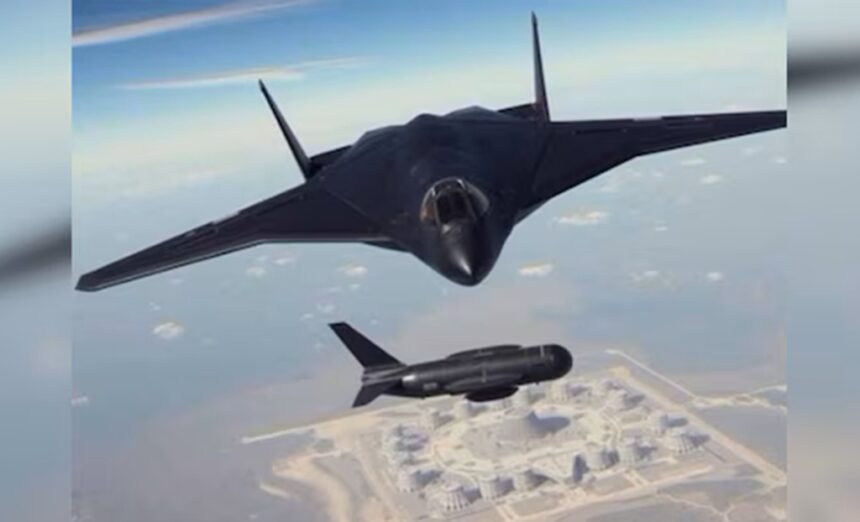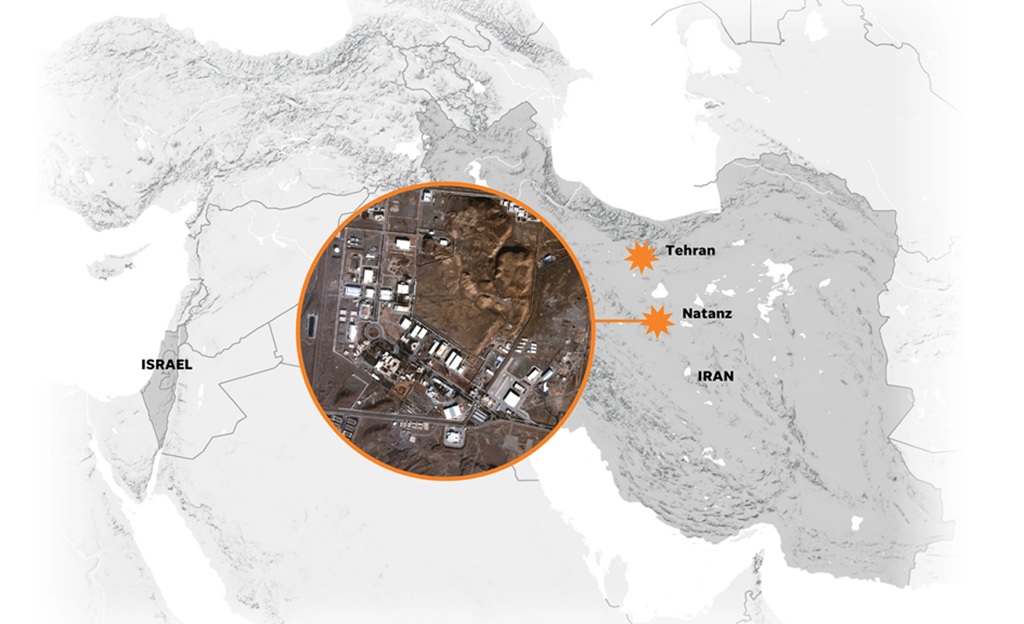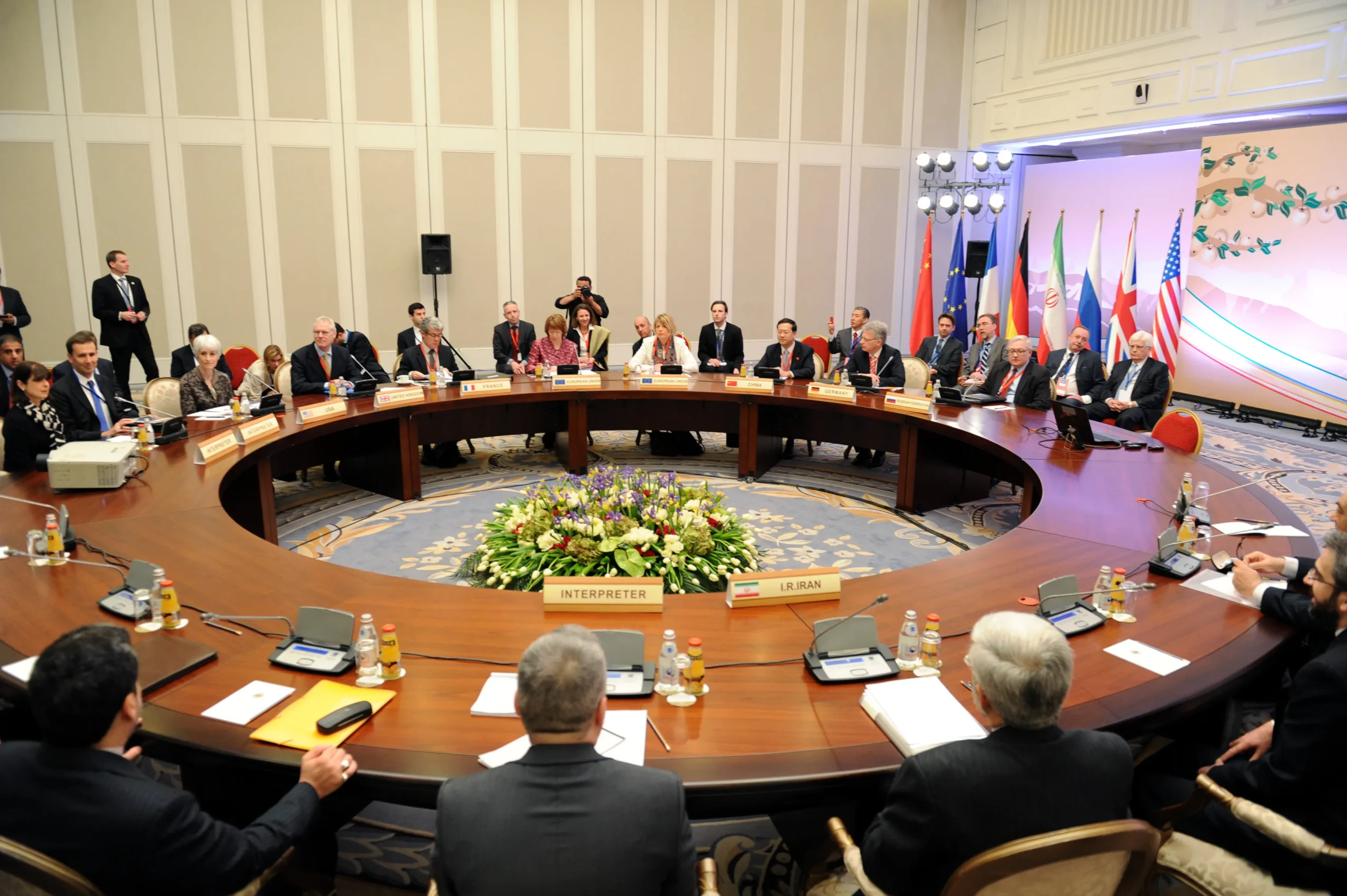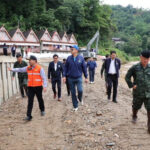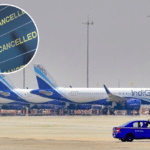WASHINGTON D.C. – The United States has entered the conflict between Israel and Iran with airstrikes on three Iranian nuclear sites late Saturday. This move followed weeks of rising violence in the region, with hundreds already dead.
President Donald Trump addressed the nation from the White House at 10 p.m. ET, calling the operation a “complete and total success”. He said the strikes aimed to destroy Iran’s nuclear enrichment programme and called on Iran’s leaders to seek peace to prevent further damage.
As these events unfolded, northern Iran faced a 5.1-magnitude earthquake on Friday. This new crisis added to the pressure facing Iran, while European diplomats in Switzerland renewed efforts to restart peace talks.
The U.S. military hit Iran’s nuclear sites at Fordo, Natanz, and Isfahan, using B-2 stealth bombers and GBU-57 bunker-buster bombs, according to Reuters. Trump confirmed the operation on Truth Social, stating that all aircraft returned safely.
He congratulated U.S. military personnel and said a full load of bombs targeted Fordo, Iran’s main uranium enrichment site near Qom. Iranian state media admitted Fordo was attacked and said staff had been evacuated before the bombing, but did not provide details about the extent of the damage.
In his speech, Trump said the action was a direct answer to Iran’s refusal to end its nuclear programme, which he and Israeli officials describe as a serious threat to both Israel and the United States.
He claimed the goal was to destroy Iran’s ability to enrich uranium and to eliminate what he called the world’s most dangerous state sponsor of terror. Trump urged Iran to return to talks, warning that any future strikes would be even larger. He stressed his preference for peace, stating the time had come to stop fighting.
This operation marks a clear shift from Trump’s earlier promises to avoid more military involvement in the Middle East. Reactions in Washington were divided. Republican Senators Lindsey Graham and Ted Cruz praised the strikes, with Cruz calling them necessary to address the threat of a nuclear-armed Iran.
Some Republican lawmakers, such as Representative Thomas Massie, criticized the action as unconstitutional and inconsistent with Trump’s previous “America First” message. Democrats, including House Minority Leader Hakeem Jeffries, were informed only after the attack, raising concerns about a lack of bipartisan consultation.
The U.S. strikes followed more than a week of Israeli attacks on Iranian infrastructure, which began on 13 June and have left over 430 dead, including at least 54 women and children, according to Iranian state media. Iran responded with missile attacks that killed 24 people in Israel.
Israeli Prime Minister Benjamin Netanyahu, who spoke with Trump after the bombing, had pressed for U.S. involvement, especially to target the deep underground Fordo site. Israel’s air force lacks the equipment needed to destroy such bunkers. Netanyahu welcomed the U.S. action, saying, “First comes strength, then comes peace.”
The earthquake in northern Iran struck about 23 miles southwest of Semnan at a depth of six miles, according to the U.S. Geological Survey. The tremor was felt in Tehran and neighbouring cities.
According to the Associated Press, no casualties were reported, but the event has heightened the sense of crisis as Iran deals with both military strikes and natural disasters. The Iranian Red Crescent reported little damage, but the earthquake highlighted the country’s vulnerability during this unstable period.
As fighting continued, European diplomats met in Geneva with Iran’s Foreign Minister Abbas Araghchi to urge limits on Tehran’s nuclear programme. The talks included France’s Jean-Noël Barrot, Britain’s David Lammy, and Germany’s Johann Wadephul.
No agreement was reached, but the discussions signalled a desire to keep diplomatic channels open. Araghchi argued that Iran’s nuclear work is for peaceful purposes and refused to negotiate under the threat of Israeli attacks, calling the bombings a breach of international law. Switzerland, which often acts as a go-between for the U.S. and Iran, promised to keep American citizens in Iran informed about security risks.
Reuters reported that the U.S. used back channels to tell Iran the strikes were limited and not meant to depose the government, suggesting Trump was open to further talks.
Iran’s Defence Minister Aziz Nasirzadeh responded by warning that U.S. military bases in the region could become targets if American forces attack again. Rafael Grossi of the International Atomic Energy Agency warned that Israeli attacks on the Natanz facility risked releasing radioactive material. He called for a diplomatic solution to prevent further escalation.
Trump’s decision to target Iranian nuclear sites has changed the direction of the conflict. Both he and Netanyahu see the strikes as a way to force Iran back to the negotiating table through strength.
Still, the outcome is uncertain as Iran considers how to respond and diplomats work to prevent a wider war. The region faces a tense future, shaken by both violence and natural disaster, as all sides await the next move.




